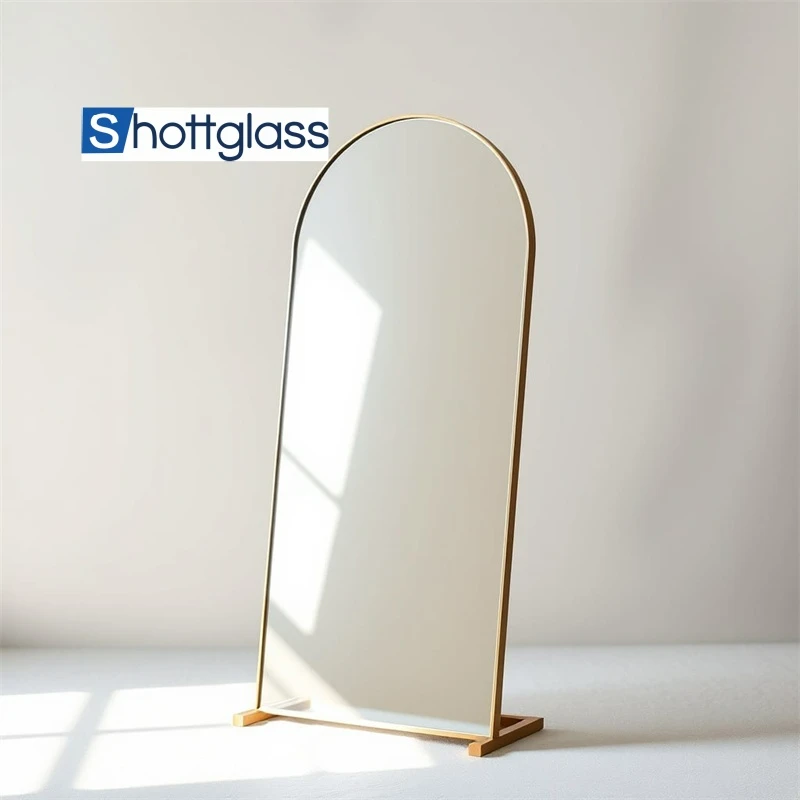Nov . 21, 2024 15:41 Back to list
laminated translucent glass
Laminated Translucent Glass The Intersection of Beauty and Functionality
In recent years, architectural and design trends have increasingly leaned towards materials that not only serve functional purposes but also elevate aesthetic appeal. Among these innovative materials, laminated translucent glass stands out as a remarkable choice that harmonizes beauty and practicality, transforming how we perceive space and light.
Laminated translucent glass is crafted by sandwiching a layer of translucent interlayer material—typically made of polyvinyl butyral (PVB) or ethylene-vinyl acetate (EVA)—between two layers of glass. This unique construction provides numerous benefits, including enhanced safety, sound reduction, and UV protection, while allowing natural light to permeate spaces without sacrificing privacy.
One of the primary advantages of laminated translucent glass is its safety features. In the event of breakage, the interlayer holds the shattered pieces of glass in place, reducing the risk of injury and preventing glass shards from flying into the environment. This makes it an ideal choice for areas where safety is a priority, such as schools, hospitals, and public buildings. Furthermore, laminated glass can also be designed to meet specific security requirements, offering additional protection against forced entry or break-ins.
The aesthetic versatility of laminated translucent glass is another reason for its growing popularity among architects and designers. It can be customized in various thicknesses, tints, and finishes, allowing for a wide array of design possibilities. Whether used in modern office buildings, residential homes, or artistic installations, it can enhance both the exterior and interior spaces. The soft diffusion of light creates a serene ambiance, transforming ordinary environments into extraordinary experiences.
laminated translucent glass

Translucent glass also plays a vital role in energy efficiency. By allowing natural light to flood in while minimizing glare and heat transfer, laminated glass can contribute to reducing a building's reliance on artificial lighting and climate control systems. This not only leads to lower energy bills but also supports sustainability efforts, making it a favored material in eco-conscious design.
In interior design, laminated translucent glass is particularly valued for its ability to create partitioned spaces without completely enclosing them. For instance, in open-concept homes or offices, translucent glass can be used to define areas such as conference rooms or private offices while still maintaining a sense of openness and connectivity. This is especially important in the modern workplace, where collaboration and communication are key to productivity.
Moreover, laminated translucent glass can serve as an exceptional canvas for enhancing branding and artistic expression. Businesses can incorporate custom designs, patterns, or even digital graphics directly onto the glass. This capability not only communicates a brand’s identity but also adds a touch of sophistication to storefronts and offices. Artists and designers also explore innovative uses, utilizing laminated glass in sculptures, installations, and decorative elements to create visually striking pieces.
In terms of maintenance, laminated translucent glass is relatively easy to care for. Its smooth surface can be cleaned with standard glass cleaning products, and the laminated nature often helps to resist scratches and other wear. This longevity and ease of upkeep make it a pragmatic choice for high-traffic areas.
As we look toward the future, the role of materials like laminated translucent glass in design and architecture will only continue to grow. Its blend of safety, aesthetics, and functionality makes it an undeniable asset in our ever-evolving spaces. By embracing this innovative material, designers can create environments that are not only beautiful but also safe and sustainable—truly reflecting the spirit of modern living. Thus, laminated translucent glass is not merely a material; it is a testament to the possibilities that lie at the intersection of art and utility.
-
Chemically Strengthened Glass vs Tempered Glass
NewsJul.18,2025
-
Custom Frosted Glass Applications
NewsJul.18,2025
-
What’s the Difference Between Obscure Glass and Frosted Glass?
NewsJul.18,2025
-
Bullet Resistant Glass Levels
NewsJul.18,2025
-
Silver Wall Mirrors for Living Room
NewsJul.18,2025
-
Bullet Resistant Glass Definition
NewsJul.18,2025
Related PRODUCTS













